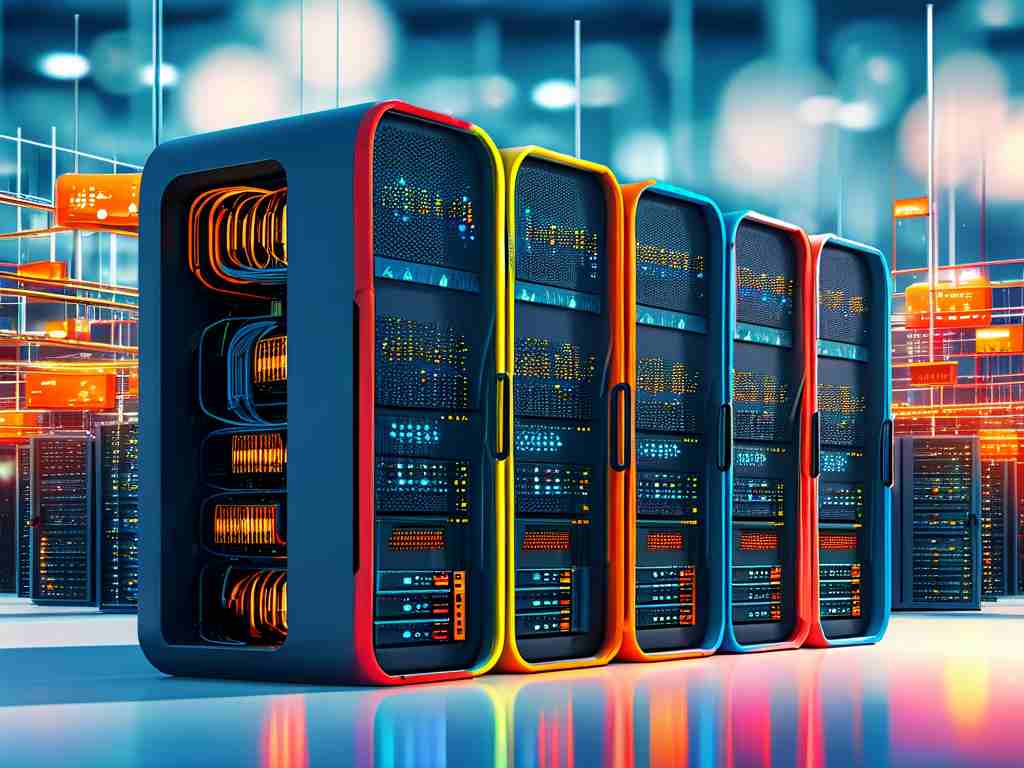In modern computing environments, the distributed bus architecture has emerged as a foundational framework for enabling scalable and resilient communication across systems. This design pattern facilitates data exchange between decentralized components, offering unique advantages while introducing complexities that demand careful consideration. Below, we explore the key strengths and limitations of this approach, along with practical insights for its application.

Core Advantages
One of the most significant benefits of distributed bus architectures lies in their inherent scalability. By decoupling producers and consumers of data, the system allows components to operate independently. For instance, in a microservices-based e-commerce platform, payment processing modules can communicate with inventory systems without direct dependencies. This loose coupling simplifies horizontal scaling, as new nodes or services can join the network dynamically without disrupting existing workflows.
Fault tolerance represents another critical advantage. In traditional centralized systems, a single point of failure can cripple entire operations. Distributed bus models mitigate this risk by enabling redundant pathways for data transmission. If one node fails, alternative routes ensure continuity. A real-world example includes IoT sensor networks in industrial settings, where sensor data reroutes automatically if a gateway device malfunctions.
Interoperability further enhances the value proposition. Distributed buses often leverage standardized protocols like MQTT or AMQP, enabling heterogeneous systems to communicate seamlessly. This proves invaluable in hybrid cloud environments, where legacy on-premises systems must interact with cloud-native applications. Financial institutions, for example, use this capability to integrate blockchain networks with traditional transaction ledgers.
Key Challenges
Despite these benefits, distributed bus architectures introduce operational complexities. Network latency remains a persistent concern, particularly in geographically dispersed deployments. As data traverses multiple nodes, synchronization delays can impact real-time applications. Video streaming platforms, for instance, may face buffering issues if content delivery paths aren’t optimized.
Security management also grows more intricate. With data flowing through multiple intermediaries, attack surfaces expand. Encryption and access control mechanisms must be rigorously implemented to prevent unauthorized interception. Healthcare systems handling patient records, for example, require end-to-end encryption and granular permission controls to comply with regulations like HIPAA.
Debugging and monitoring present additional hurdles. Tracing data flows across distributed nodes demands sophisticated tooling. Developers often rely on distributed tracing systems like OpenTelemetry to map transaction paths. Without such tools, diagnosing issues in production environments becomes akin to "finding a needle in a haystack," as noted by engineers at a major cloud provider.
Balancing Trade-offs
Successful implementation hinges on strategic trade-off analysis. For high-throughput systems like stock trading platforms, the scalability benefits often outweigh latency concerns. Conversely, latency-sensitive applications like autonomous vehicle control systems might opt for localized decision-making supplemented by selective bus usage.
Hybrid architectures are gaining traction as a middle ground. A retail chain might deploy a distributed bus for inventory synchronization across warehouses while maintaining centralized order processing. This approach combines the resilience of decentralization with the simplicity of centralized control where appropriate.
Future Outlook
Advancements in edge computing and 5G networks are reshaping distributed bus implementations. Emerging frameworks like Kafka Streams and cloud-native service meshes are reducing deployment complexity. Meanwhile, AI-driven orchestration tools promise to automate load balancing and fault recovery, potentially mitigating current limitations.
In , distributed bus architectures offer a powerful paradigm for modern distributed systems but require deliberate design choices. Organizations must weigh scalability and resilience against operational overhead, tailoring implementations to their specific needs. As technology evolves, these trade-offs will likely shift, but the core principles of flexibility and fault tolerance will remain central to distributed system design.









